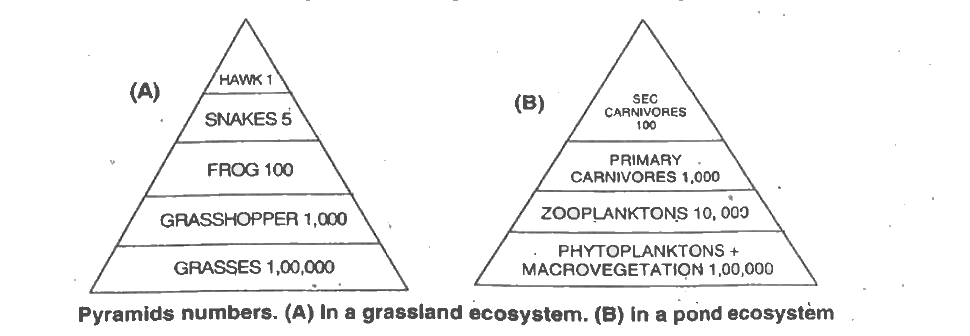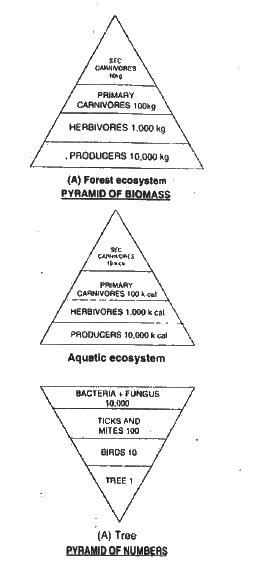Text Solution
Verified by Experts
|
Topper's Solved these Questions
SUPER MODEL QUESTION PAPER 1
SUBHASH PUBLICATION|Exercise ANSWER THE FOLLOWING QUESTIONS IN ONE WORD OR ONE SENTENCE EACH|10 VideosView PlaylistSUPER MODEL QUESTION PAPER 1
SUBHASH PUBLICATION|Exercise PART B|8 VideosView PlaylistSUPER MODEL QUESTION PAPER 1
SUBHASH PUBLICATION|Exercise PART-D (SECTION-I)|6 VideosView PlaylistSUPER MODEL QUESTION PAPER (FOR PRACTICE) 3
SUBHASH PUBLICATION|Exercise PART-D (SECTION-II)|5 VideosView PlaylistSUPER MODEL QUESTION PAPER 2
SUBHASH PUBLICATION|Exercise PART D|11 VideosView Playlist
Similar Questions
Explore conceptually related problems
SUBHASH PUBLICATION-SUPER MODEL QUESTION PAPER 1-PART-D (SECTION-II)
- What is bio-magnifaction? Diagramatically represent the process of bio...
05:36
|
Play - What are the causes for loss of biodiversity?
05:38
|
Play - Define ecological pyramids and describe with examples the different ty...
09:10
|
Playing Now - The diagram represents an anatropous ovule. Label its parts.
Text Solution
|
Play - Describe the process of spermatogenesis upto the formation of spermati...
Text Solution
|
Play

